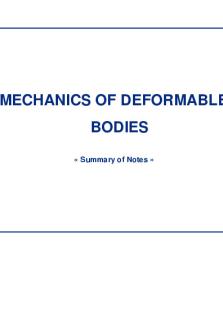PL3 Logistics+channel+design Part+1 + SOL PDF

| Title | PL3 Logistics+channel+design Part+1 + SOL |
|---|---|
| Course | international distribution |
| Institution | Politecnico di Milano |
| Pages | 9 |
| File Size | 1.4 MB |
| File Type | |
| Total Downloads | 43 |
| Total Views | 119 |
Summary
Download PL3 Logistics+channel+design Part+1 + SOL PDF
Description
Politecnico di Milano – School of Industrial and Information Engineering
International Distribution Prof. Marco Melacini
PRACTICAL LESSON #3 LOGISTICS CHANNEL DESIGN: THE NEW DISTRIBUTION CASE – PART 1 The company NEW DISTRIBUTION is a leading retailer in the sector of DIY (do-it-yourself). The distribution network is composed of . The main markets are and As shown in Figure 1, the European points of sale are served through a 1-echelon network with three local warehouses: LW1 in Spain, LW2 in Italy and LW3 in France. Figure 1 – European local warehouses location
Inbound logistics The range of products is very wide: from gardening to lighting and home decoration. The most of products is produced in Europe, but the number of the products imported from China has increased in the last five years raising up to 25% of the total number of products. Today, over 50 Chinese suppliers are involved. Company wants to analyse the inbound logistics process (i.e. process from suppliers to local warehouses). For the scope of the analysis, (S1, S2, S3, S4, and S5), (Figure 2). The sourcing process is based on shipments from supplier factory warehouses to each European warehouse through FCL. Table 1 shows the main data regarding each supplier. Figure 2 – Chinese suppliers location Suppliers
Product family Number of items Ex-works price (average) [€/unit] Volume (average) [dm3/unit] Duty (average) [%]
S1
S2
S3
S4
Home design products
Small carpets
Lighting
Frames & mirrors
S5 Kitchen accessories
10
9
8
10
60
Table 1 – Data on suppliers
1
Such products are supplied using . Therefore, suppliers deliver goods to Shanghai port (i.e. port agreed with the company), cleared and loaded on board ready for export. All suppliers use filled by volume. As shown in Figure 1, the port of destination is different based on the local warehouse: , one, and one. Once containers have been cleared, they are moved to the local warehouses by road. Focusing on LW1, Tables 2 and 3 show lead times and costs, respectively, for each component of the transportation process. The sea transportation fares (freight, bunker surcharge, currency adjustment factor) also include the costs for container loading and unloading. Penalties (i.e. demurrage and detention costs) are negligible. Lead time of road transportation at origin [days]
Sea transportation lead time Mean [days]
Standard deviation [days]
Customs clearance lead time Mean [days]
2
LW 1
Standard deviation [days]
Lead time of road transportation at destination [days]
1
Table 2 – Data on transportation from suppliers to LW1 LW1
Road transportation cost at origin (Si → Shanghai port) [€/container (roundtrip)]
S1
560
S2
340
S3
450
S4
230
S5
350
Road transportation cost at destination (Barcelona port → LW1) [€/container (roundtrip)] Sea transportation cost [€/container]
2,000
Table 3 – Transportation cost for LW1
Order and inventory management As regards the inventory management policy, the company adopts a Periodic Review Model for all warehouses, and the review period is fixed for all products provided by each supplier. Actually, orders placed to each supplier at each replenishment involve all the products purchased from that supplier to make the reorder process easier, (i.e. review period is the same for all the products ordered from a specific supplier). The accounting function of the company considers the cost to manage an order as comprehensive of the cost for customs clearance procedures, and . More in details, the cost to manage an order depends on a fixed cost per order and a fixed cost per order line, which, in turn, are a function of the volume per order as summarised in Table 4.
2
Volume per order
Fixed cost per order [€/order]
Fixed cost per order line [€/line]
40
4
30
3
Table 4 – Ordering costs
Main data and assumptions: - All the costs have been already converted in one currency (i.e. euro); - Average demand split by product family (i.e. supplier): as reported in Table 5; - Net container capacity by volume: ; - Road transportation fare using semi-trailers without container: ; - Inventory carrying cost (including storage, insurance, obsolescence and capital cost): - Financial charges (i.e. capital cost): 5%/year; - Number of weeks per year: ; - Number of days per week: . Units/year LW1
Suppliers S1
S2
S3
S4
S5
2,400
3,200
2,100
3,300
9,500
Table 5 – Demand split by product family (i.e. supplier)
Considering the Spanish local warehouse (LW1) and taking a supply chain perspective, you are required to: a. ; b. evaluate whether the introduction of a consolidation hub near Shanghai port is costeffective, knowing that the storage and handling activities performed at the hub yields to an additional cost of 2 €/m3 (while the extra lead time is very low and can be disregarded).
3...
Similar Free PDFs
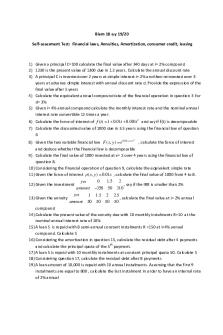
Selfass-part1
- 4 Pages

SOL
- 4 Pages
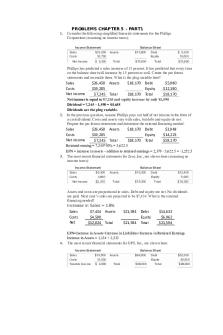
Problems chap5-part1
- 2 Pages

Linguagem C avançada - Part1
- 20 Pages
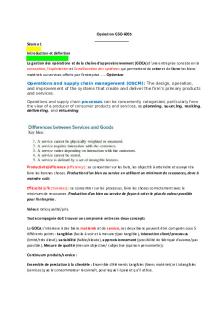
Résumé cours opération part1
- 16 Pages
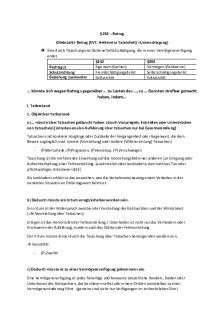
Schema §263 Part1
- 1 Pages
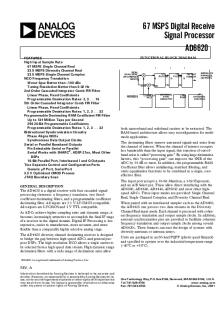
AD6620 part1 - Apuntes 1
- 5 Pages

Experimental Psych Notes Part1
- 16 Pages
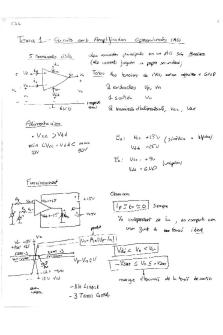
CSL-Tema1 Amplificadors part1
- 6 Pages

Buku robotika Part1
- 132 Pages

Studyplan part1 (9,10)
- 42 Pages
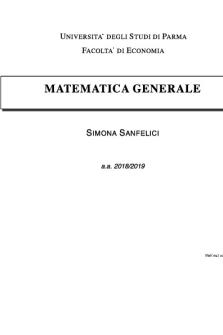
MG slides 2018 part1
- 234 Pages

Manual de Sanidad animal Part1
- 25 Pages
Popular Institutions
- Tinajero National High School - Annex
- Politeknik Caltex Riau
- Yokohama City University
- SGT University
- University of Al-Qadisiyah
- Divine Word College of Vigan
- Techniek College Rotterdam
- Universidade de Santiago
- Universiti Teknologi MARA Cawangan Johor Kampus Pasir Gudang
- Poltekkes Kemenkes Yogyakarta
- Baguio City National High School
- Colegio san marcos
- preparatoria uno
- Centro de Bachillerato Tecnológico Industrial y de Servicios No. 107
- Dalian Maritime University
- Quang Trung Secondary School
- Colegio Tecnológico en Informática
- Corporación Regional de Educación Superior
- Grupo CEDVA
- Dar Al Uloom University
- Centro de Estudios Preuniversitarios de la Universidad Nacional de Ingeniería
- 上智大学
- Aakash International School, Nuna Majara
- San Felipe Neri Catholic School
- Kang Chiao International School - New Taipei City
- Misamis Occidental National High School
- Institución Educativa Escuela Normal Juan Ladrilleros
- Kolehiyo ng Pantukan
- Batanes State College
- Instituto Continental
- Sekolah Menengah Kejuruan Kesehatan Kaltara (Tarakan)
- Colegio de La Inmaculada Concepcion - Cebu


